The herbaceous perennial plant aloe (Aloe) is a member of the Liliaceae family, this genus unites about 260 species. The plant comes from Africa, or rather, from its most arid regions. The fact is that aloe is highly resistant to drought.
Content
- 1 Features of aloe
- 2 Brief description of cultivation
- 3 Aloe care at home
- 4 Reproduction methods
- 5 Diseases and pests of aloe
- 6 Types of aloe with photos and names
- 6.1 White-flowered aloe (Aloe albiflora)
- 6.2 Fan aloe (Aloe plicatilis)
- 6.3 Aloe vera
- 6.4 Aloe descoingsii
- 6.5 Aloe jacksonii
- 6.6 Aloe dichotoma (Aloe dichotoma)
- 6.7 Aloe arborescens (Aloe arborescens)
- 6.8 Aloe camperi
- 6.9 Aloe cap-shaped (Aloe mitriformis)
- 6.10 Short-leaved aloe (Aloe brevifolia)
- 6.11 Aloe bellatula
- 6.12 Aloe marlothii
- 6.13 Aloe soap (Aloe saponaria)
- 6.14 Aloe aristata (Aloe aristata)
- 6.15 Aloe distans
- 6.16 Aloe striata, or gray aloe
- 6.17 Aloe tiger (Aloe variegata)
- 6.18 Aloe ferox
Features of aloe
The aloe leaf plates that make up the rosette grow from the root, most often they are fleshy. There are species that have thorns on the foliage, and there are those that do not. In some species, a waxy coating is present on the foliage surface. During flowering, the bush is decorated with flowers of red, yellow or orange color. The shape of the inflorescence, depending on the species, can be racemose or paniculate, most often the flowers are bell-shaped or tubular.
Some species have medicinal properties, so they are used in alternative medicine. Aloe juice helps to quickly heal abscesses and burns. It is also used to make masks because of its regenerating and rejuvenating properties. Foliage is used to obtain a substance that has a laxative effect. In culture, not only many types of aloe are grown, but also varieties.
Brief description of cultivation
- Bloom... Aloe is grown as a decorative leafy and medicinal plant.
- Illumination... Needs more bright sunlight. Sometimes in winter it is recommended to highlight the bush.
- Temperature regime... During the spring and summer period, the flower grows well at normal room temperature. In winter, the room should be no warmer than 14 degrees.
- Watering... During the growing season, the substrate in the pot is moistened immediately after the top layer dries. In the winter months, watering is carried out less often, or rather, two days after the surface of the soil mixture dries out. When watering, make sure that no liquid gets inside the leaf outlet.
- Air humidity... Aloe grows normally when the air humidity is typical for living quarters.
- Fertilizer... Top dressing is carried out from the second half of spring to the first autumn weeks, once every 4 weeks, for this, mineral fertilizers are used.
- Dormant period... It starts in the second half and ends in mid-spring.
- Transfer... Bushes are transplanted at the beginning of the growing season, young bushes are subjected to this procedure once every couple of years, and older ones - once every 4 years.
- Soil mixture... Leafy and turfy soil, and also sand (1: 2: 1).
- Reproduction... Root shoots and seed method.
- Harmful insects... Aphids, scale insects, mealybugs and spider mites.
- Diseases... A plant can only get sick if it is not properly cared for. Most often it suffers from rot, which appears from over-watering.
- Properties... Some types of aloe are distinguished by healing properties. They have anti-inflammatory, immunostimulating, wound healing, antibacterial, regenerating and other properties.
Aloe care at home
Illumination
Aloe is a light-loving plant, so it is best to grow it at home on a south window, while it is not afraid of direct sunlight. A bush that has stood in shade for a long time is gradually accustomed to the bright rays of the sun. In winter, the bush sometimes needs additional lighting, for this you can use fluorescent lamps.
Temperature regime
In summer, aloe develops and grows within normal limits at normal room temperature. In the warm season, it can be transferred to fresh air, while a place protected from precipitation is chosen for it. If in the summer you do not carry the plant outside, then it is recommended to systematically ventilate the room in which it is located. In winter, aloe has a dormant period, in this regard, it is recommended to rearrange it in a cool place (no warmer than 14 degrees). If the room is warmer, then the bush may begin to actively stretch out, since in winter the sun cannot give it the required amount of light.
Watering
During the growing season, watering aloe is carried out immediately after the surface of the soil mixture in the pot dries out. In winter, watering should be more rare, however, the earthen coma should not be allowed to dry out. When wetting the substrate, make sure that no liquid gets inside the leaf outlet, because this can lead to rotting of the trunk, and this in turn can destroy the bush.
Air humidity
Such a flower grows normally and develops at any humidity.
Bloom
In order for the aloe to bloom, it needs a period of rest, which is possible only with a long day of light and coolness. It is quite difficult to provide a plant with such conditions when growing in an apartment, in this regard, its flowering can be seen extremely rarely.
Fertilizer
Top dressing is carried out from the second half of spring to early autumn with a frequency of 1 time in 4 weeks. When the bush is at rest, it is not necessary to apply fertilizer to the soil mixture.
Aloe transplant
A suitable substrate for growing aloe should consist of sod and deciduous soil, and also sand (2: 1: 1). In order for the soil mixture to be looser, it is mixed with a small amount of charcoal and small pieces of brick. The transplant is carried out only if necessary, as a rule, young bushes are subjected to this procedure once every couple of years, and older ones - once every 4 years.


Watch this video on YouTube
Reproduction methods
Seed reproduction
Aloe can be grown from seeds quite easily. To begin with, a good drainage layer is made at the bottom of the container, then it is filled with a sand mixture and seeds are sown. Sowing is carried out in the last winter or first spring weeks. Crops are provided with regular watering and ventilation.Protect them from direct sunlight, while the air temperature should be around 20 degrees. The picking of the appeared seedlings into individual containers is carried out when they are 30 days old. When 3 months have passed after transplanting, the plant will need to dive again into larger containers, after which they are provided with the same care as adult bushes.
How to propagate by shoots
For propagation of aloe by shoots, use the same soil mixture as for sowing seeds. In the spring or in the first summer weeks, separate the young shoots growing from the roots from the parent bush, after which they are planted in an individual container. After the bush grows roots and starts growing, it is provided with the same care as an adult plant.


Watch this video on YouTube
Diseases and pests of aloe
If aloe is not properly taken care of, then problems may arise with it:
- Foliage is faded and sluggish... This can happen due to excessively frequent watering, when the surface of the soil mixture does not have time to dry out. The wrong substrate may also be to blame.
- The shoots become elongated... With poor lighting, the bush begins to actively stretch, as a result of which it loses its decorative effect. To avoid this, it is recommended to illuminate the plant with fluorescent lamps, thus increasing the length of daylight hours.
- Rot on shoots and roots appeared... Rot on the roots appears as a result of too frequent or excessive watering. And stem decay most often occurs due to the fact that liquid got into the leaf outlet during watering, especially if the room is cool. Choose the most suitable watering regime for the aloe, cut off all affected parts of the bush and transplant it into fresh substrate.
- The tips of the leaf plates turn brown... This plant is rather undemanding to air humidity. But if the air is too dry, then it will need to increase its humidity. Due to very poor watering, brown spots may form on the edge of the leaf plates.
- Dark spots appeared on the foliage... The bush should be protected from drafts, and strong cold (below 8 degrees) can also harm it. The room should be ventilated regularly, but the flower should be in a place that will be protected from drafts.
- Harmful insects... Scales, mealybugs, aphids and spider mites can settle on the bush.
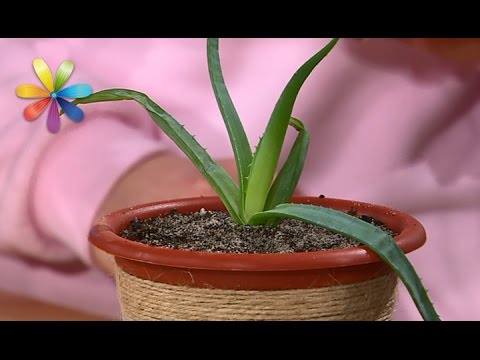

Watch this video on YouTube
Types of aloe with photos and names
White-flowered aloe (Aloe albiflora)
The bush does not have this type of stem at all. The width of the narrow leaf plates is about 5 centimeters, and their length is up to 25 centimeters, along the edge there are small white thorns. The foliage is greenish-gray with a large number of white dots on its surface. During flowering, a peduncle grows about 50 cm long, brushes are formed on it, consisting of white flowers. Such aloe can be easily propagated by root rosettes.
Fan aloe (Aloe plicatilis)
This aloe is a bushy plant, the stem of which becomes lignified over time. The height of a highly branching bush can reach about 5 meters. The trunk is divided into small branches, and a leaf rosette is formed on each of them. Opposite leaf plates grow in 14-16 pieces, their shape is linear, and the top is rounded. The length of the grayish-green leaf plates is no more than 30 centimeters, and their width is up to 4 centimeters, as a rule, the edge is smooth. On the tops of long peduncles, brushes are formed, consisting of 25-30 red flowers. The length of the peduncle can be up to half a meter. This species differs from the others in that it needs more frequent watering. This plant is also called aloe umbrella (Aloe tripetala), or aloe tongue (Aloe lingua), or aloe tongue (Aloe linguaeformis).
Aloe vera
The shoots of the bush are short. Collected in small rosettes, green foliage has a lanceolate shape, most often there are specks of white on its surface, and spikes of a pale pink hue are located on the edge. The length of the sheet plates can reach about half a meter. On a high peduncle, several brushes are formed, which consist of pale yellow flowers, reaching about 30 mm in length. There are varieties with red flowers. This species is also called aloe Lanza (Floe lanzae), or aloe Barbados (Aloe barbadensis), or Indian aloe (Aloe indica).
Aloe descoingsii
This herbaceous plant has a very short stem. The foliage growing from the root is collected in a rosette, its length is only about 40 mm, and its shape is elongated-triangular. On the surface of slightly grooved pale or dark green leaf blades, there are many dots of white tint. The tubular orange flowers are about 10 mm long. They are collected in a brush that forms in the upper part of a thirty-centimeter peduncle growing from a flower rosette. The species can be quickly propagated by basal young rosettes.
Aloe jacksonii
This bushy perennial plant has a rather short stem (about 30 centimeters high). The length of the narrow leaf plates is up to 10 centimeters, they have small thorns along the edge, and 1 longer thorn grows in the upper part. On both surfaces of greenish foliage there is a coating of wax and whitish spots. During flowering, a peduncle 20 centimeters long is formed, on which a raceme, consisting of reddish tubular flowers, grows.
Aloe dichotoma (Aloe dichotoma)
In nature, this species is a tree-like evergreen perennial plant, the height of which is about 8 meters. On both surfaces of the bluish-green leaf plates there is a waxy coating, their length is about 40 centimeters, and their width is up to 6 centimeters, small spikes are located along the edge. The brushes that form during flowering consist of yellow tubular flowers. One peduncle can grow from 1 to 3 inflorescences.
Aloe arborescens (Aloe arborescens)
This species, widely cultivated in indoor conditions, is also called "agave". The height of a tree or bush can be up to three meters. Gradually, the shoots are bare from below, and in the upper part they branch strongly. The apical rosette dense fleshy sheet plates have a xiphoid shape in length, and curved concave in width. Their color is grayish-green, their length is about half a meter, and their width is about 60 mm. On the edge of the plate there are thorns, reaching 0.3 cm in length. The species blooms in May-June, but when grown at home, flowers on the bush can be seen infrequently. On a high peduncle, brushes are formed, consisting of pink, red or yellow flowers.
Aloe camperi
The species is a low perennial herb. Curved narrow glossy leaf plates have a green color and a lanceolate shape, their width is up to 50 mm, and their length is about 50 cm, the edge is finely toothed. During flowering, a tall peduncle forms, on which clusters grow, consisting of orange, red and yellow tubular flowers, the length of which is no more than 50 mm.
Aloe cap-shaped (Aloe mitriformis)
The stem of this herbaceous perennial plant is short. The leaf plates growing from the roots are collected in a rosette and have a rounded triangular shape, their length is about 20 centimeters, and their width is no more than 15 centimeters. The color of the foliage can be anything from bluish-gray to green; many small thorns grow on its seamy surface, as well as on the edge. A tall peduncle grows from a leaf outlet, in the upper part of which a racemose inflorescence is formed, consisting of tubular flowers of a deep red or just red color. It blooms very rarely at home.
Short-leaved aloe (Aloe brevifolia)
This herbaceous perennial plant has foliage collected in rosettes. Their shape can be different from triangular to lanceolate, in length they reach about 11 centimeters, and in width - up to 4 centimeters. White teeth are located on the outer surface of the plate and on its edge. The foliage is bluish green. Tubular red flowers are collected in a raceme that forms at the top of a tall peduncle.
Aloe bellatula
The homeland of such a stemless herbaceous plant is Madagascar. The rosette foliage growing from the root is only about 15 centimeters long and about 1 centimeter wide. On the surface of the dark green plate, there are many white specks and tubercles, and on the edge there are small spines. Bell-shaped flowers are painted in coral color.
Aloe marlothii
The height of this shrub is about three meters. Fleshy lanceolate leaf plates are collected in a basal rosette, on both surfaces there is a waxy coating. They are painted grayish-green, their length is up to one and a half meters, and their width is up to 30 centimeters. Both surfaces of the plate, as well as its edge, are covered with a large number of small pale red spines. Tubular flowers are collected in a brush, most often they are painted in an orange-red hue.
Aloe soap (Aloe saponaria)
Either soapy aloe, or spotted aloe (Aloe maculata). The bush has a branching stem and, as a rule, several leaf rosettes are formed in it. The length of flat-curved green leaf plates is about 0.6 meters, and their width is up to 6 centimeters, on both surfaces there are many specks of white color, along the edge there are five-millimeter spikes. Small racemes are composed of yellow flowers, which sometimes have a reddish tint.
Aloe aristata (Aloe aristata)
Such a bushy plant has short stems. Triangular green foliage is part of the rosette, it is decorated with whitish tubercles, and small thorns are located along the edge. A long thread grows at the tip of the slightly curved plate. On a high peduncle, several brushes are formed, consisting of 20-30 orange-red flowers, the shape of which is tubular.
Aloe distans
In such a shrub, creeping stems reach about 3 meters in length. The length of the pointed-ovoid grayish-green leaf plates is about 10 centimeters, at the base they reach 6 centimeters wide. There are small white thorns along the edge and in the middle of the leaf plate. When the bush blooms, it is decorated with brushes consisting of yellow tubular flowers.
Aloe striata, or gray aloe
The homeland of such a stemless perennial plant is South Africa. Collected in a basal rosette, fleshy dense leaf plates have a grayish-green color, their width is up to 15 centimeters, and their length is about half a meter. The smooth edge of the plate is colored red. As a rule, several brushes are formed on a high peduncle, consisting of small reddish flowers. The species blooms in the second half of spring.
Aloe tiger (Aloe variegata)
Either variegated aloe, or aloe ausana, or aloe punctata. The height of such a stemless shrub is about 30 centimeters. The elongated foliage is collected in root rosettes, its width is up to 6 centimeters, and its length is about 15 centimeters. Dark green leaf plates are decorated with a white pattern consisting of dots and stripes. At the tops of tall peduncles, racemose inflorescences grow, which consist of flowers of a red, pink or yellow hue.
Aloe ferox
Under natural conditions, the height of a bush with a straight stem reaches about three meters. In the upper part of the aloe, a leaf rosette is formed, consisting of leaf plates about half a meter long and up to 15 centimeters wide. Greenish foliage under certain conditions acquires a pale red tint. The teeth growing along the edge sometimes form on the surface of the leaf plate.From the middle of the leaf outlet, a racemose inflorescence grows, the height of which is about half a meter, it consists of flowers of a rich orange-red hue.


Watch this video on YouTube

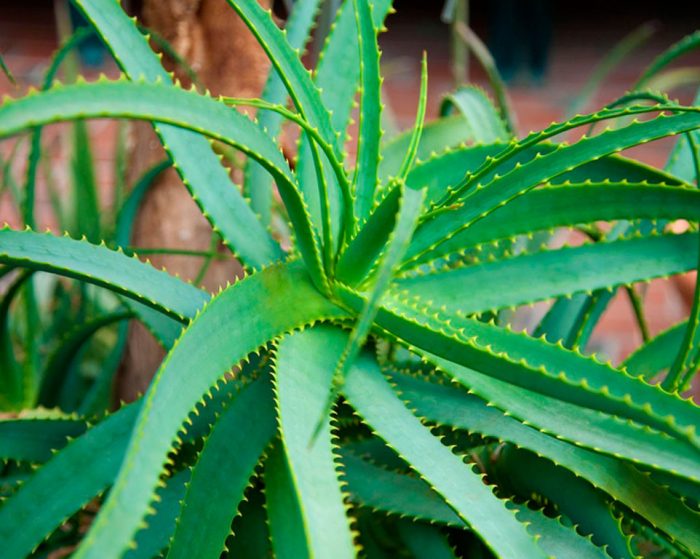


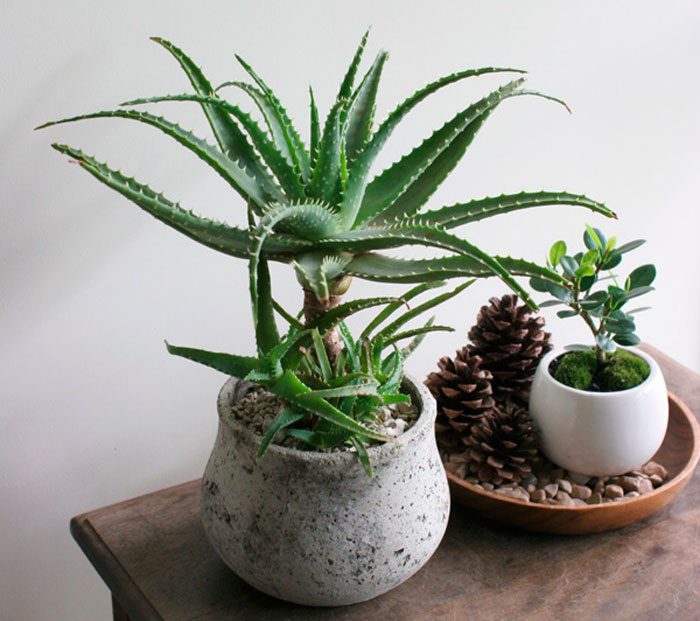
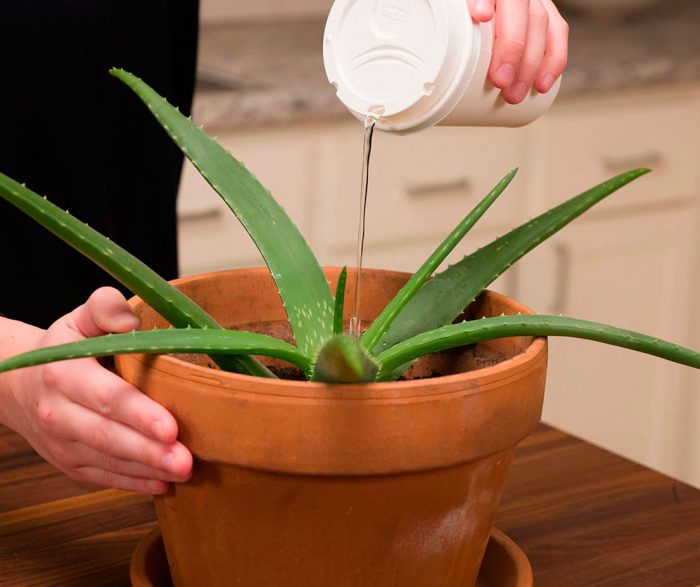
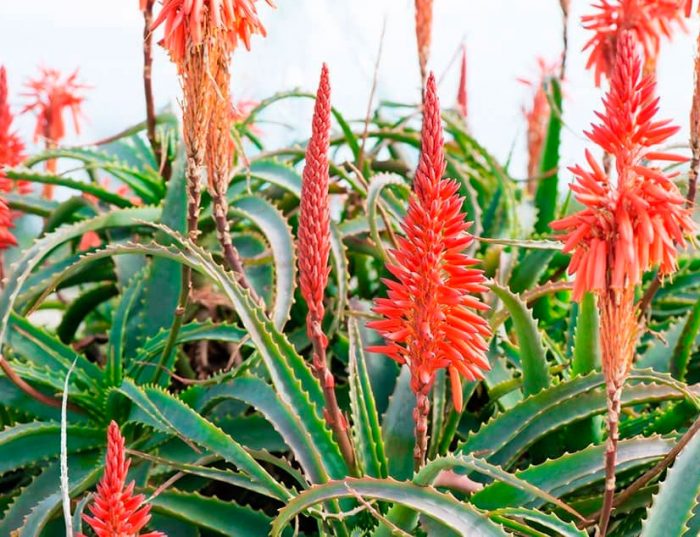
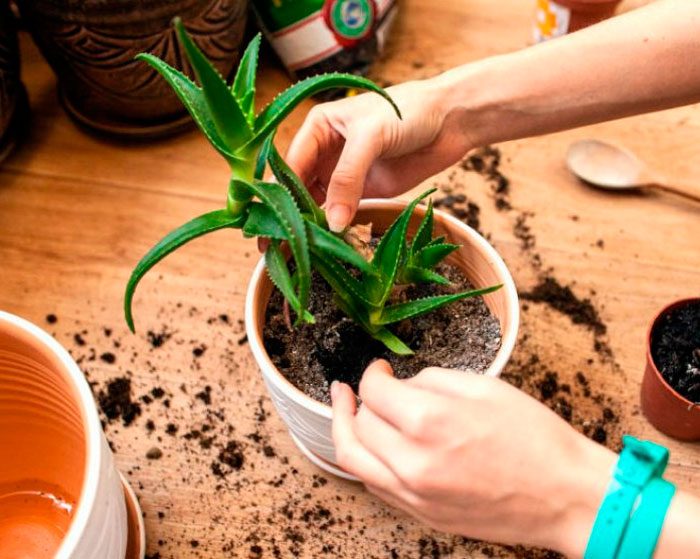
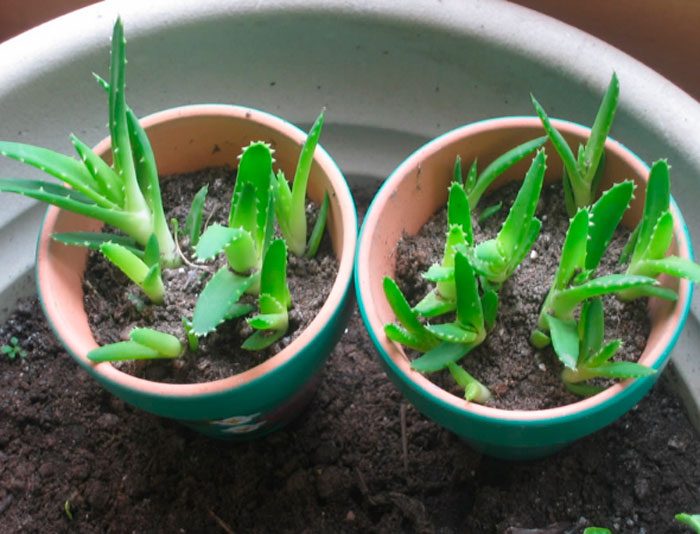
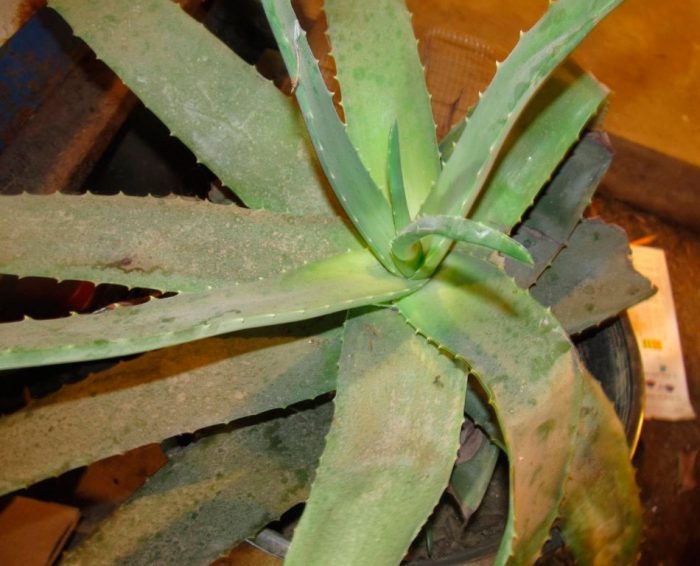
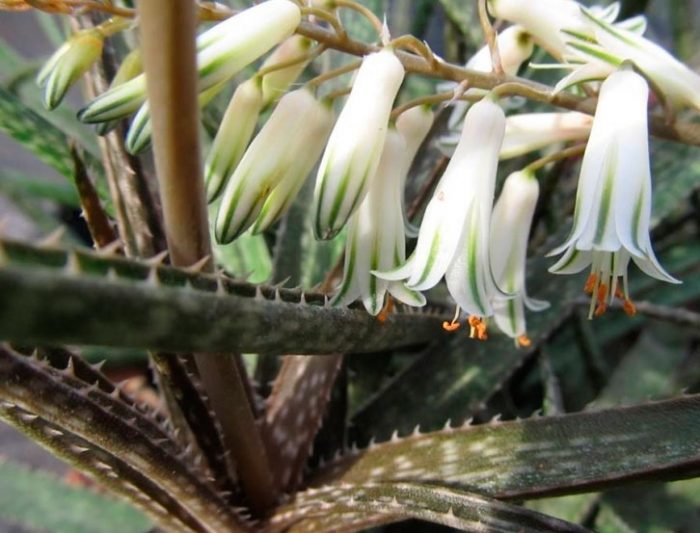

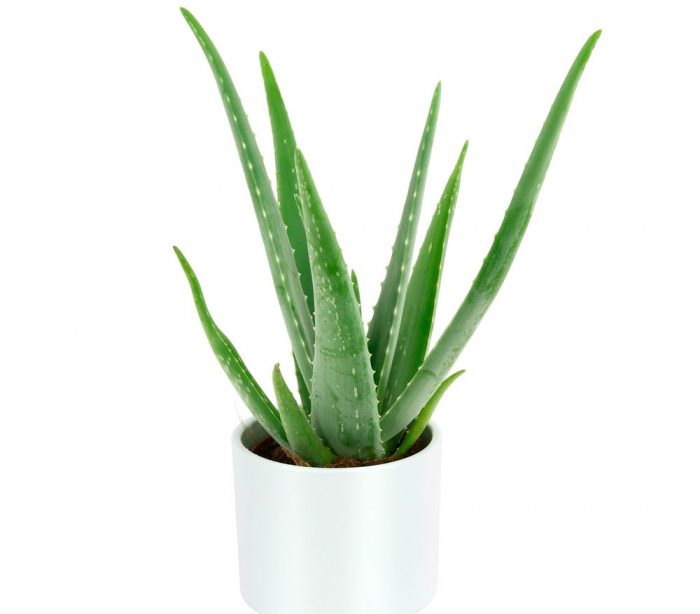
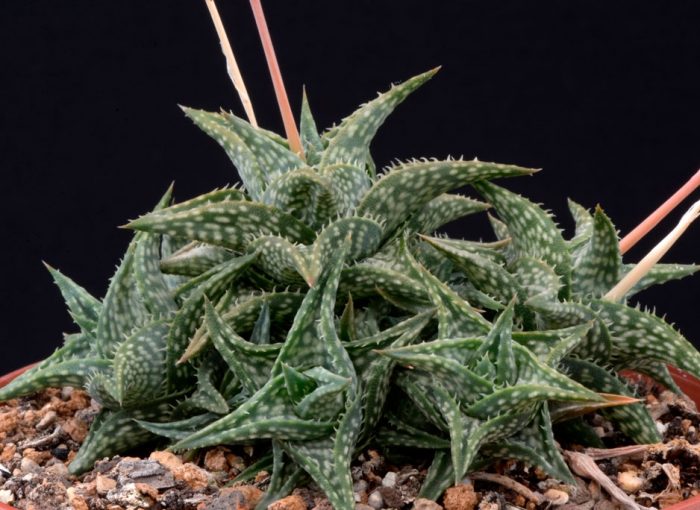
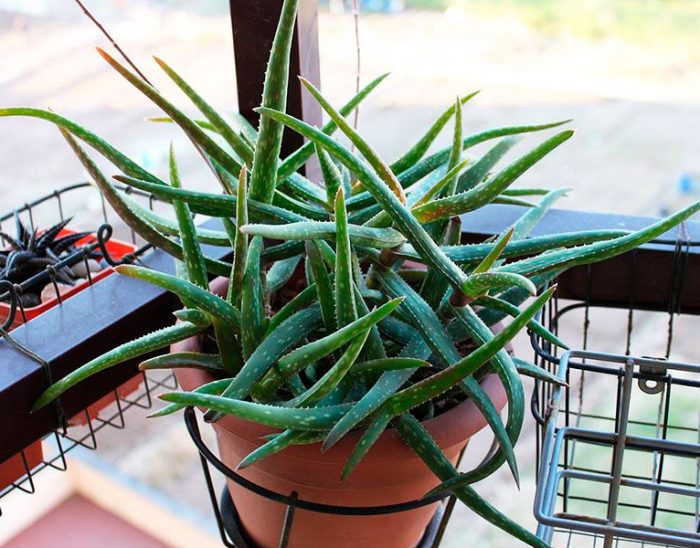
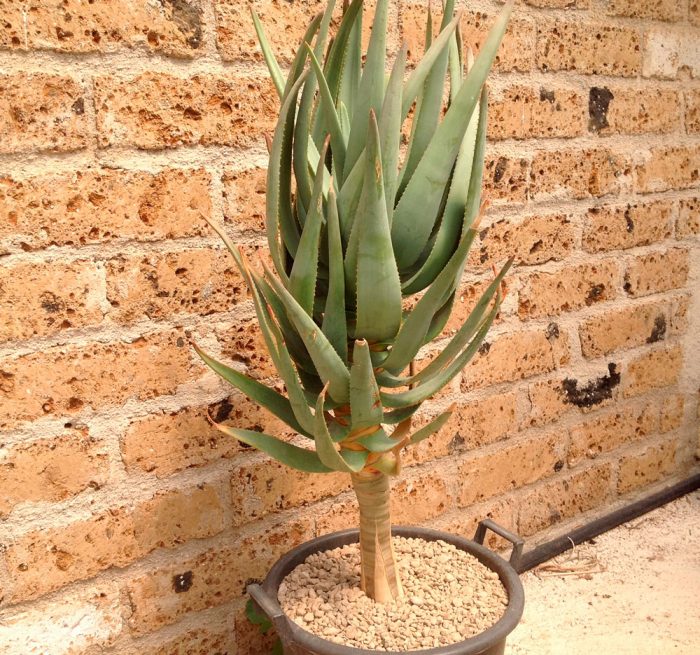
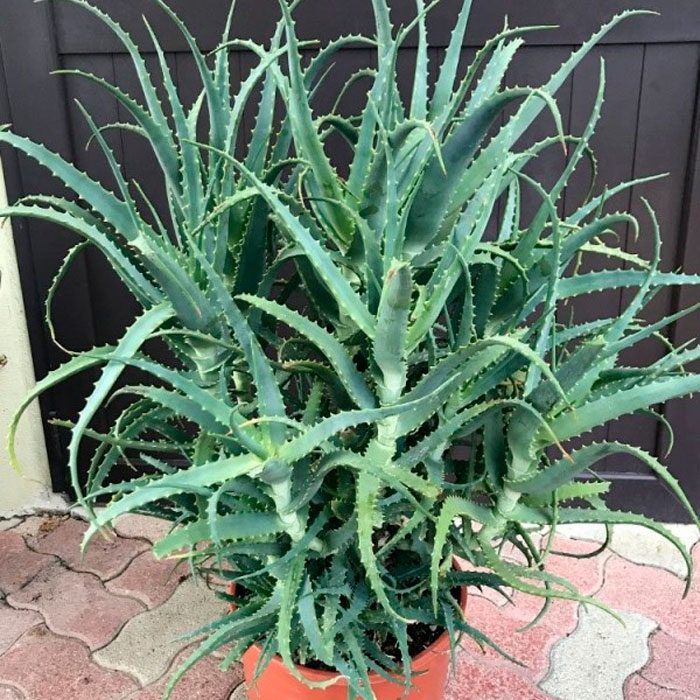
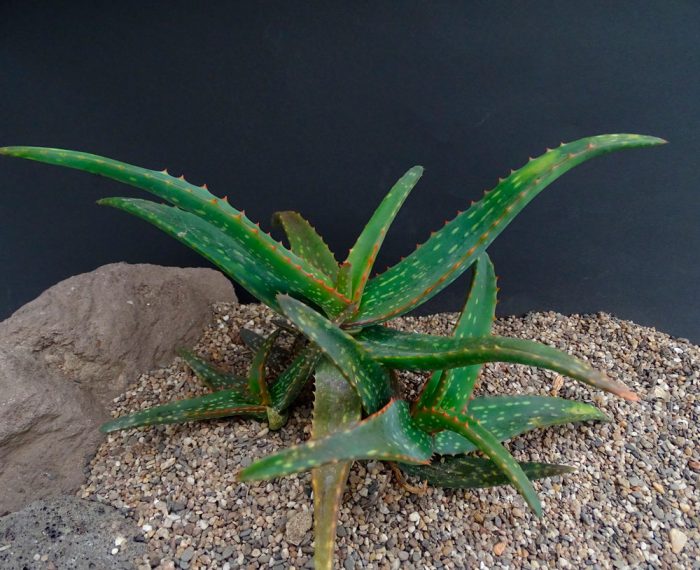
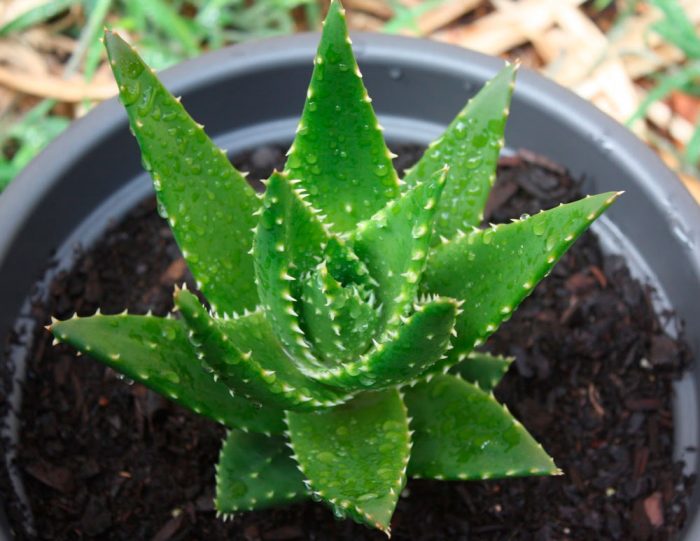
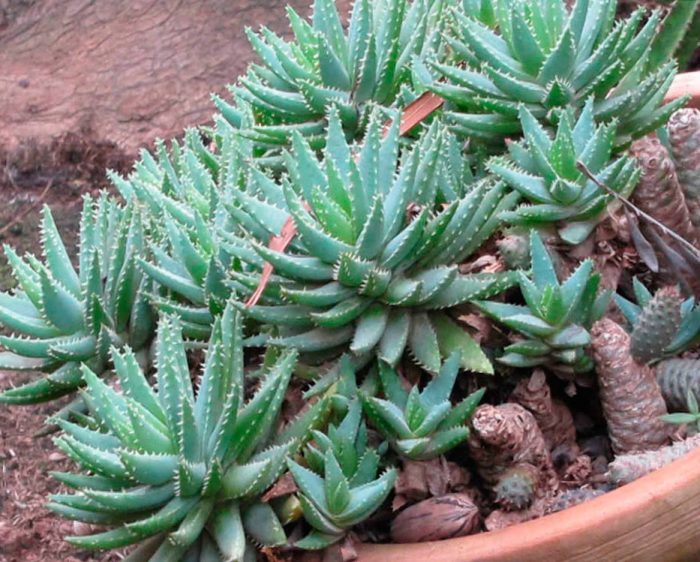
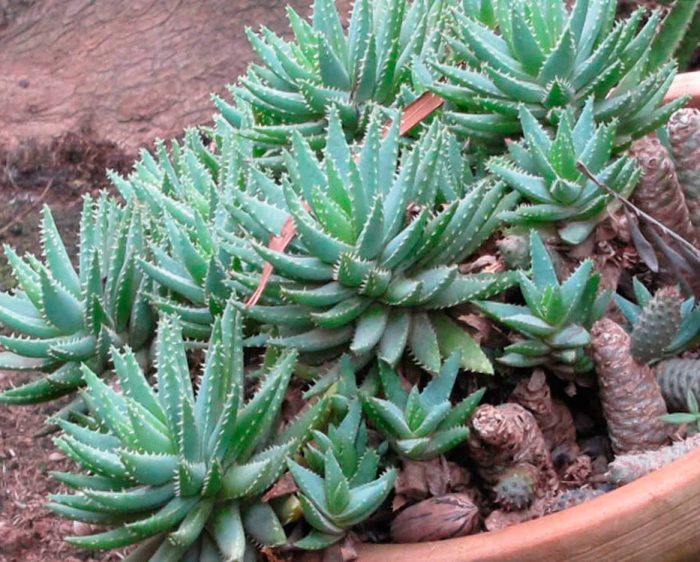
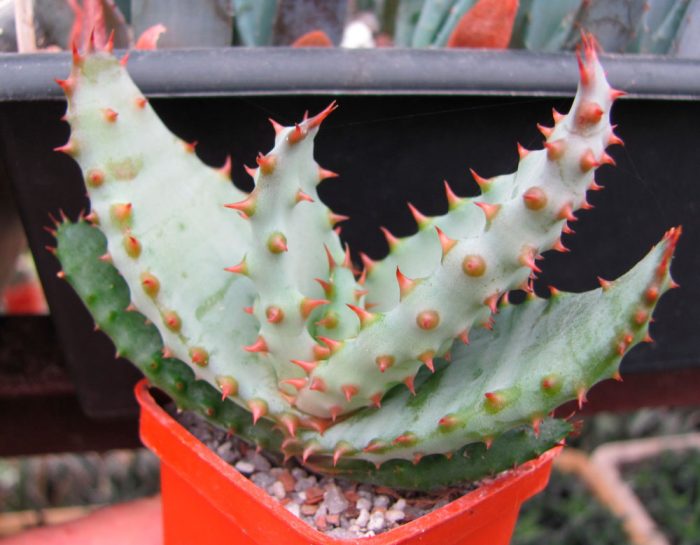
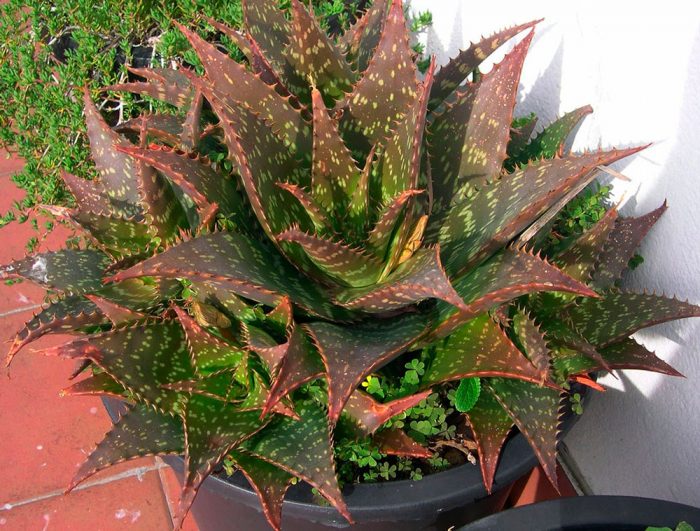

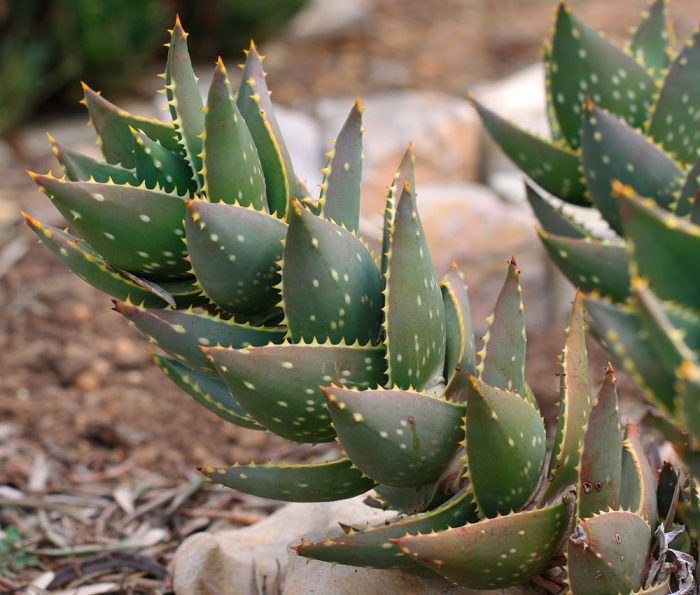
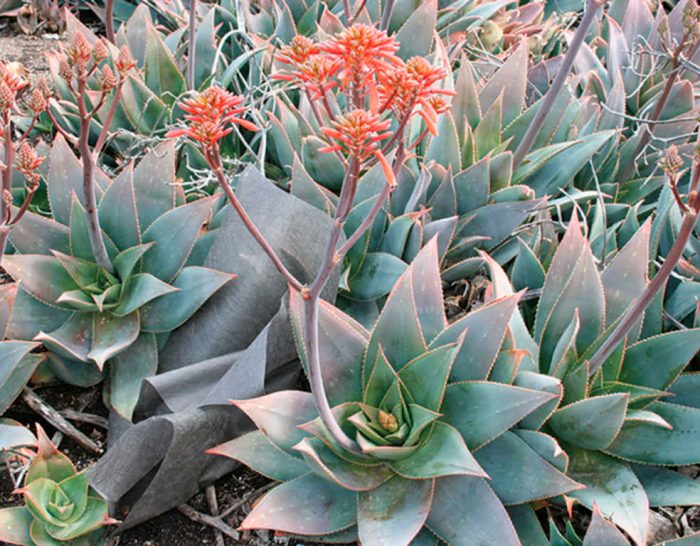
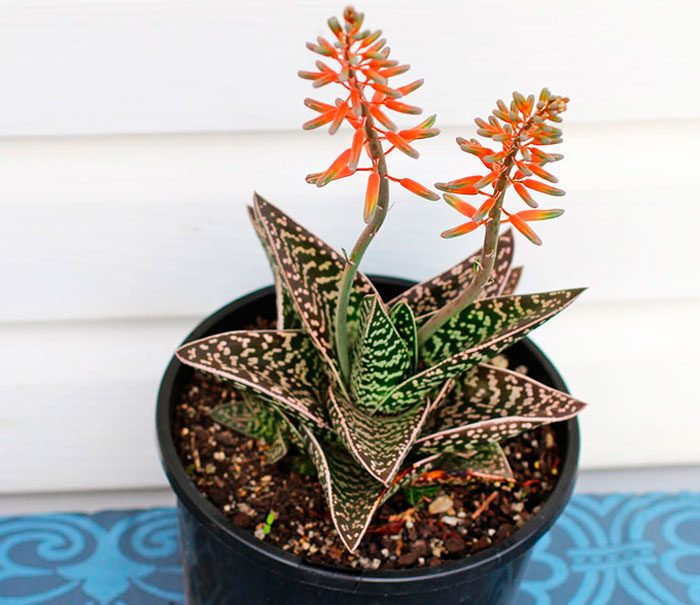
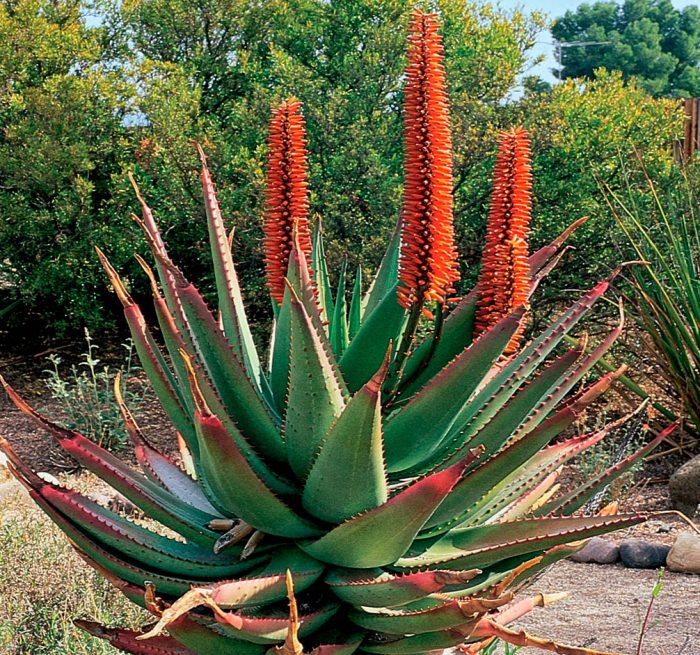

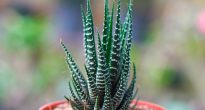

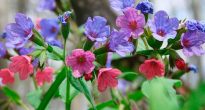



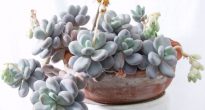


Thank you very much!
I liked the article very much. The flower is familiar from childhood. Also, my grandmother prepared all sorts of seasonings, ointments from its leaves and treated our bruises and abrasions. It helped and not bad. Probably true, this flower should be in every home. Moreover, it is unpretentious and it is not difficult to grow it.
Thank you very much! Very good video, everything is clear, specific and accessible.